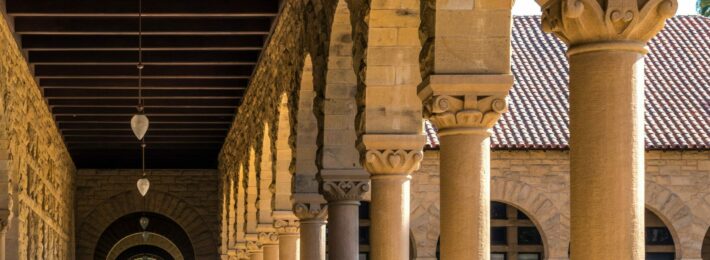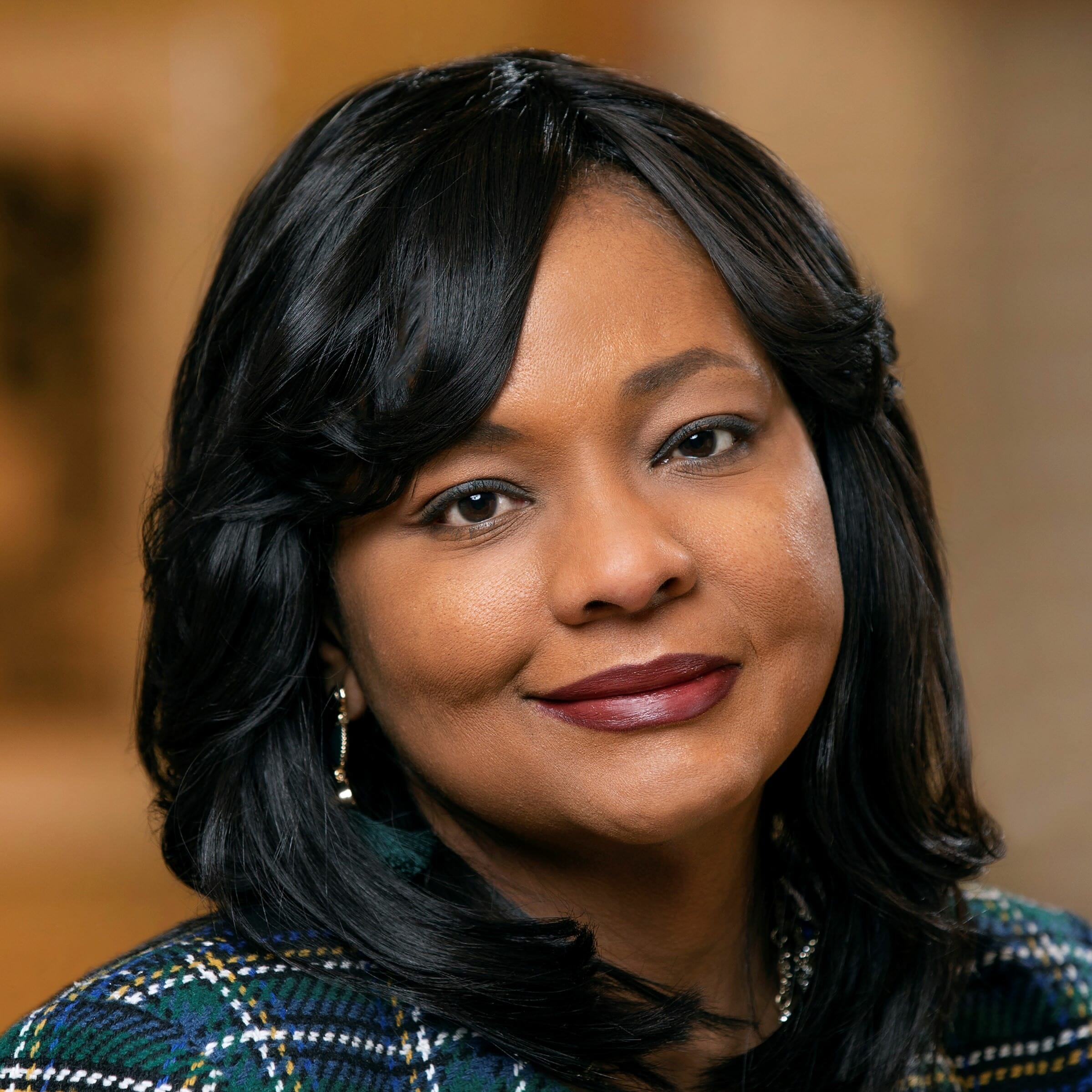
We have not consistently connected the core values of the liberal arts education and the demands of inclusion. The challenge before is: How can we use our deepest, richest resource—our liberal arts curriculum—to support becoming more inclusive institutions?
Last year, I had the privilege of standing with several hundred students as they protested at the College of Saint Benedict. As on many other campuses, historically underrepresented students expressed their concerns about what they view as the failed promise of community, about the lack of seeing themselves thrive in higher education, and about their need to be heard.
During the protest I had two colliding experiences.
First, I was reminded of my own experience nearly three decades ago at my alma mater: feeling out of place on campus; desperately wanting to fit in; fervently desiring to be recognized for who I was and the experiences I brought with me, as opposed to trying to contort myself to fit into community as defined by others. How little has changed since then, I thought.
Second, as the current leader of a liberal arts institution, I recognized that the hurt I witnessed on that day was rooted in the hopes our students brought to campus, in their sincere belief that we can provide them with a place to be their authentic selves. Our students genuinely believe they can make us better, and we them. At our liberal arts institutions, they expect to have their humanity affirmed and appreciated. Their deep disappointment is because of their belief in us and in what our type of education offers.
Given that so little has changed in the last three decades, is that hope misplaced?
More optimistically, how can we use the values that underpin the liberal arts to become more worthy of that hope?
The Challenge Before Us
I have no doubt that over the past thirty years, nearly every campus in America has deployed numerous resources to support multiculturalism, diversity, cultural competency, inclusive excellence, inclusion, and intersectionality. I cannot envision a post-secondary institution that has not identified an area or person to be tasked with addressing these issues, or that hasn’t increased programming on campus, or that hasn’t, minimally, addressed the “heroes and holidays” strategy of highlighting diversity. Many campuses have pondered how to increase faculty and staff diversity. And we have seen legal cases in support of affirmative action.
We have also seen a surging body of academic research that has proven, repeatedly, the importance and impact of diversity in the education of all students. The economic outcomes for underrepresented students who are able to attain a degree are substantive and consistent. According to the American Council on Education, in 2016, 44% of two-year college presidents and 55% of four-year college presidents say the racial climate on their campus has become more of a priority than even three years ago.
Yet, despite the ever-growing attention to inclusivity on campus, the challenges, demands, and concerns of underrepresented students have remained largely the same over the 30-year arc of my own education and career. Why?
I believe that we’ve not faced the real inclusion issue on our campuses.
The real barrier to inclusive excellence is not related to resource allocations or constraints. Accordingly, the solution is not just investing more money in student programming. The real challenge is that we have not consistently connected the core values of the liberal arts and the demands of inclusion. We’ve focused so much on how we program for students that we’ve never turned to look at what and how we—as leaders, faculty, staff, and professionals on campus—are changing our attitudes. We’ve neglected to consider our own will for change, our own embedded structures that inhibit genuine inclusion. For example, while over 60% of college presidents say they’ve provided resources for minority student support and for racial diversity initiatives, only 33% say they’ve addressed the curriculum (the very heart of who we are in higher education) as it relates to racial climate.
In short, we’ve been so focused on changing our students that we’ve rarely looked at changing ourselves.
We have placed the expectations and responsibility for change on the shoulders of our students when lasting, sustained change resides with us, the professional community on our campuses.
This organizational change demands sustained, uncomfortable dialogue. It requires that we engage in conversation about how our deep-seated mission and belief in the liberal arts education can guide us toward inclusive excellence. It requires us to change how we see ourselves and our institutions.
The Opportunity Before Us
The true question before us is: How can we use our deepest, richest resource—our liberal arts curriculum—to support becoming more inclusive institutions?
The liberal arts provide a powerful lens through which to look at ourselves, learn about ourselves, and improve ourselves. Therefore, our opportunity to impact the narrative and future of the liberal arts is connected directly to our ability to engage, support, and graduate the increasingly diverse student bodies enriching our campus conversations and communities.
For example, at the College of Saint Benedict, we talk about and truly endeavor to live in community. However, every time we talk about “welcoming someone into community,” we are implying that some naturally belong while others are outsiders who must be allowed (welcomed) in. The very words we use to advocate for inclusion suggest that the community is owned by some but not all.
For us to become who we say are—who we say we want to be—we have to let go of this notion of some of us owning the right to welcome others. We must dismiss the assumption that some of us are architects of community, while others are merely visitors. Rather, we must strive to acknowledge that every day we all become community because we dwell together in pursuit of a shared and common mission. We must acknowledge that we are not engaged in unidirectional transformation; we also must be willing to be transformed at our very core by the students we serve.
In order to be open to that transformation, we have to question and challenge ourselves. We must craft an entire ecosystem of inclusion that casts a critical, yet hopeful, eye on our policies, programs, and practices that inhibit inclusion, and as we do this, we must commit to making the necessary changes. We have to use the liberal arts and all the lessons and tools they provide to achieve inclusive excellence.
Our students believe we can do this. The students who choose our campuses clearly see the benefit, the potential, the life-saving and transformational outcomes of a liberal arts education. Even when their sense of urgency outpaces our action and they face disappointment, our students realize that they have the power to make our campuses richer, to make higher education their own, and to transform higher education as powerfully as it transforms them.
We need to live up to that expectation. We need to prepare leaders on our campuses to engage in this conversation and to deploy the liberal arts to support inclusion.
An Upcoming Conference You Might Be Interested In
Critical Communication Strategies to Advance Diversity, Equity, and Inclusion Initiatives
July 22 – 23, 2019 | New Orleans, LA
Join us for a hands-on and practical learning experience that will provide you with an increased confidence to handle an array of diverse DEI situations on your campus. This program is designed to provide leaders with hands-on practice to enhance their communication strategies so that they may build and sustain campus alliances while leading crucial conversations that advance diversity, equity, and inclusion initiatives.


